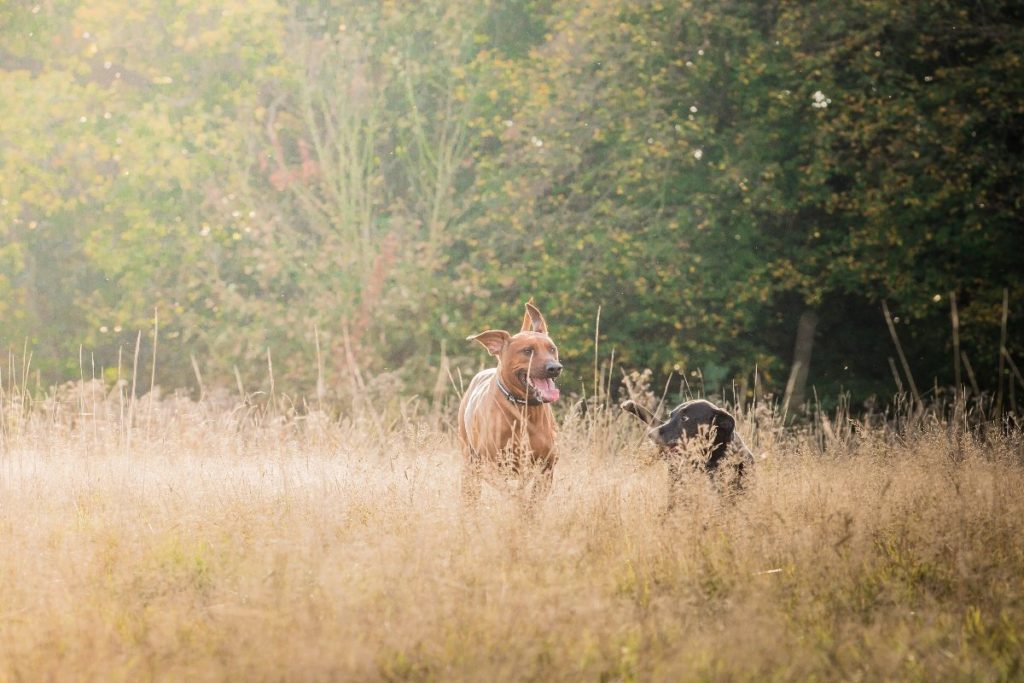by Dr Craig Waldron, Behaviour Vet
It’s important to remember that when the temperature increases your pets will be feeling the heat too and they’re going to need your help to stay cool.
Prevention of heatstroke can be achieved by:
- Avoiding leaving dogs in hot cars
- Exercising dogs at dawn / dusk on hot days, and reducing the amount of exercise they have
- Making sure pets can access shade on hot days
- Making sure pets have access to fresh water at all times
- Remembering long-haired, black, short-nosed, overweight and elderly dogs are especially at risk in hot weather, even on a regular walk.
A dog with heatstroke typically presents with excessive panting, distress and may collapse.
If you suspect heatstroke in a dog, consider the following actions:
- Seek veterinary advice immediately – the patient is likely to require urgent or emergency veterinary attention.
- Aim to cool the dog slowly. Never abruptly submerse them in cold water.
- Get the dog into the shade.
- Wrap the dog in a wet sheet or towel, and keep it damp, by replenishing it with cold water.
- Fan the dog, if a sheet or towel is not available, or use a sponge with cold water.
- Allow the dog to drink water little and often.
Disclaimer: No liability is assumed for the content of this article. Advice given is not a substitute for proper consultation with a veterinary surgeon, and is intended as a guide only, to the best of the author’s knowledge. You should consult a pet’s registered veterinary surgeon if you have any concerns in relation to the health and welfare of an animal under your care. In an emergency, seek this advice urgently. If you find any potentially erroneous information in this update, please inform your manager – knowledge of this condition is an evolving process, as is veterinary medicine.




